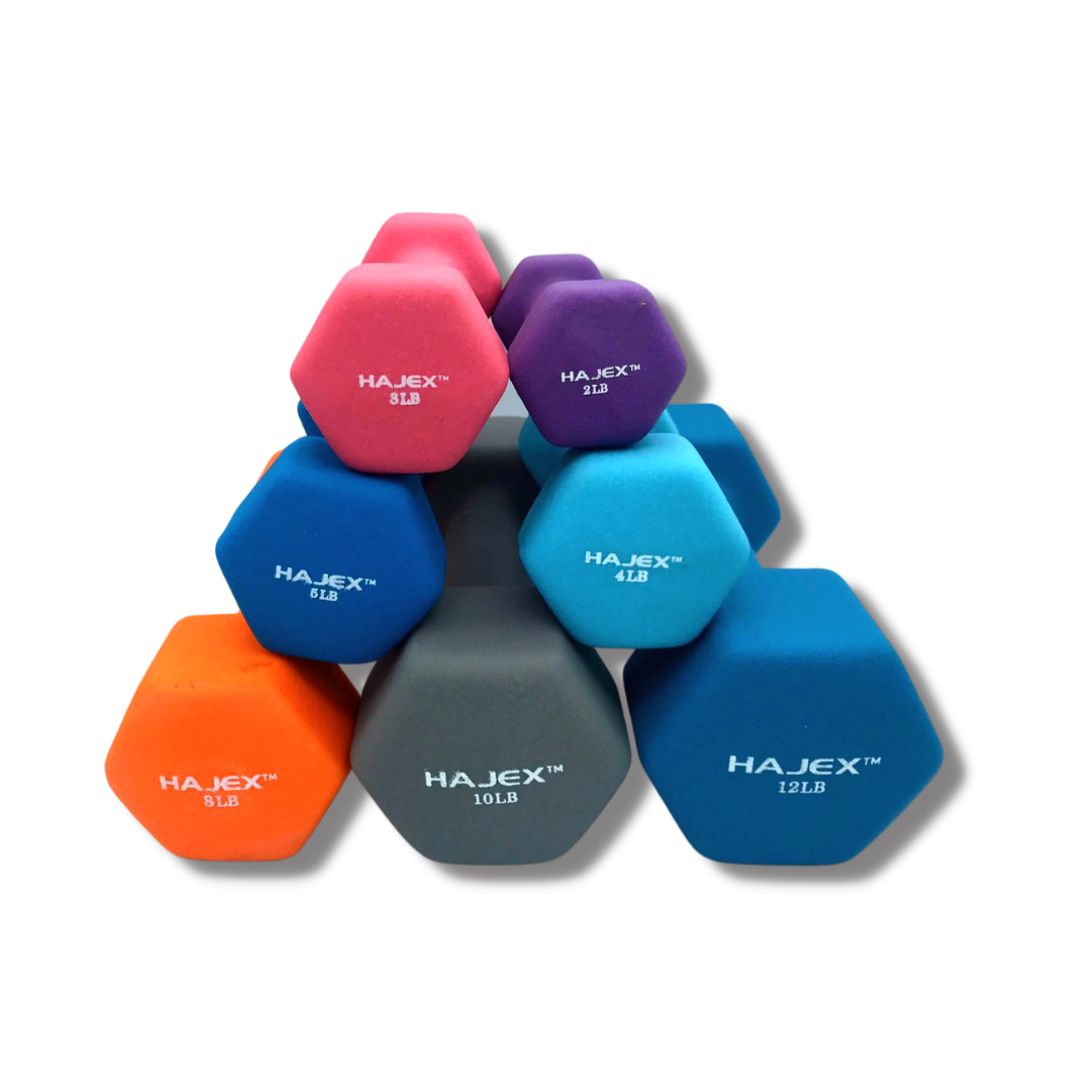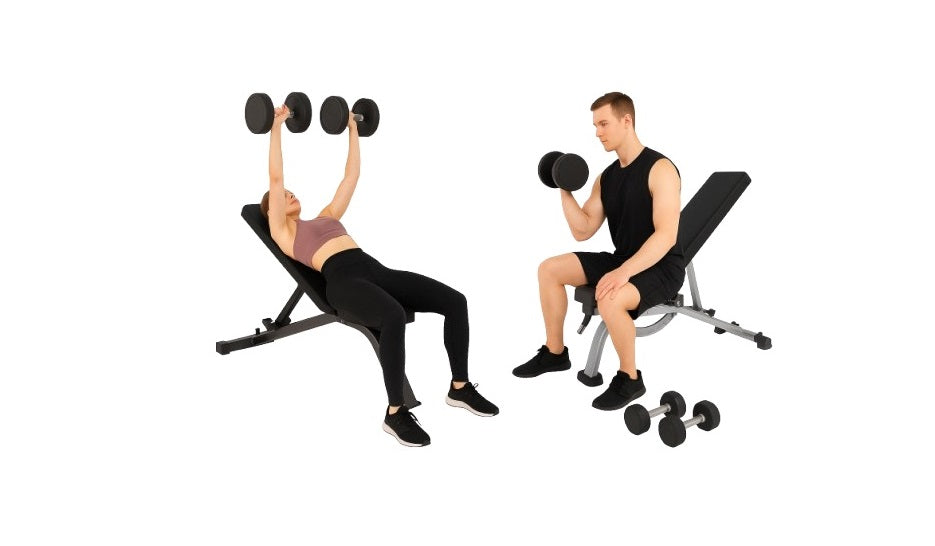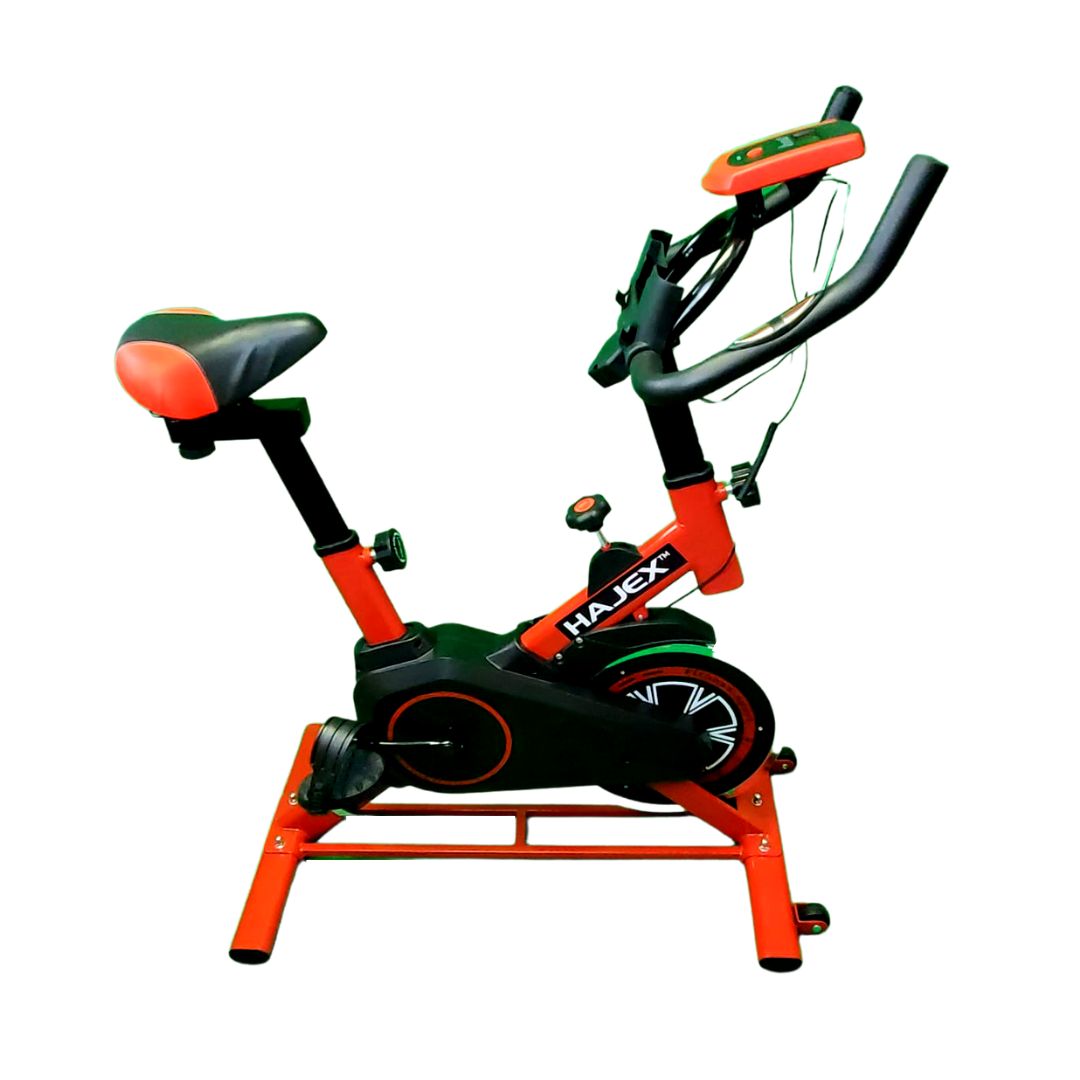Exercise for All Abilities: A Holistic Approach to Inclusive Fitness
Physical activity is a fundamental aspect of maintaining a healthy lifestyle, but it's essential to recognize that one size does not fit all when it comes to exercise. Inclusivity in fitness is not just a buzzword; it's a commitment to ensuring that individuals of all abilities have access to activities that promote well-being. In this article, we will explore the importance of exercise for all abilities and discuss various inclusive workout options that cater to diverse needs.

The Importance of Inclusive Exercise
Exercise is not only about physical health and wellness but also plays a crucial role in mental well-being. Inclusive exercise programs are designed to accommodate individuals with diverse abilities, creating an environment where everyone can participate and reap the health benefits of physical activity. Whether someone is an athlete with a disability, a senior looking to stay active, or a beginner taking the first steps towards fitness, inclusivity ensures that everyone has the opportunity to engage in meaningful exercise.

Adaptive and Accessible Workouts
To cater to a wide range of abilities, it's crucial to offer adaptive and accessible workouts classes. Adaptive exercises are modifications that make traditional movements more accessible, while accessible workouts focus on creating an environment where everyone can participate comfortably. This may involve incorporating adaptive equipment, adjusting workout intensities, or providing alternative exercises to accommodate various mobility levels.
Seated Exercises
Seated workouts are excellent for individuals with mobility challenges, seniors, or those recovering from injuries. These exercises can include seated aerobics, chair yoga exercises, or resistance training, allowing participants to engage in physical activity without putting excessive strain on their joints.

Water-Based Activities
Water-based exercises, such as swimming or water aerobics, provide a low-impact environment, making them ideal for individuals with joint issues or limited mobility. The buoyancy of the water reduces the impact on joints, allowing for a gentle yet effective workout.
Adaptive Strength Training
Adaptive strength training involves modifying traditional strength exercises to accommodate different abilities. For example, using resistance bands, adjusting weight loads, or incorporating bodyweight exercises can make strength training accessible to individuals with varying strength levels.
Mind-Body Practices
Activities like yoga and tai chi not only focus on physical fitness but also emphasize mental well-being. These practices offer modifications and variations suitable for individuals with diverse abilities, promoting flexibility, balance, and stress reduction.

Community Involvement and Support:
Creating a supportive and inclusive community is essential for encouraging individuals of all abilities to engage in regular exercise. Fitness classes or group activities specifically designed for inclusivity can foster a sense of belonging and motivation. In addition, having knowledgeable and trained instructors who understand the needs of diverse populations is crucial for providing a positive and inclusive fitness experience.
Conclusion:
Exercise for all abilities is not just about physical health; it's about creating an inclusive environment where everyone feels empowered to take charge of their well-being. By offering adaptive and accessible workouts, promoting community involvement, and fostering a supportive atmosphere, we can ensure that exercise becomes a universally accessible and enjoyable experience for individuals of all abilities. Embracing inclusivity in fitness is not just a goal; it's a commitment to a healthier and more equitable future for all
 WEIGHT PLATES
WEIGHT PLATES
 Cast Iron Olympic Plates
Cast Iron Olympic Plates
 Olympic Rubber Weight Plates
Olympic Rubber Weight Plates
 PVC Weight Plates
PVC Weight Plates
 DUMBBELLS
DUMBBELLS
 Rubber Hex Dumbbells
Rubber Hex Dumbbells
 Cast Iron Adjustable Dumbbells
Cast Iron Adjustable Dumbbells
 Round Head Dumbbells
Round Head Dumbbells
 Neoprene Dumbbells
Neoprene Dumbbells
 BENCHES
BENCHES
 CARDIO
CARDIO
 BARBELL BARS
BARBELL BARS
 Home Gym Deals
Home Gym Deals
 Olympic Bumper Plates
Olympic Bumper Plates
 Tri Grip Plates
Tri Grip Plates
 Weight Plates Combo
Weight Plates Combo
 Olympic Steel Hub Bumper Plates
Olympic Steel Hub Bumper Plates
 PVC Dumbbells
PVC Dumbbells
 NUO Style Adjustable Dumbbells
NUO Style Adjustable Dumbbells
 Olympic Barbells 2"
Olympic Barbells 2"
 Standard Barbells 1"
Standard Barbells 1"
 Fixed Weight Bars
Fixed Weight Bars
 Benches with Pulley & Rack
Benches with Pulley & Rack
 CARDIO
CARDIO
 Foldable Walking Pads
Foldable Walking Pads
 Exercise Bikes
Exercise Bikes
 RACKS, CAGES & SMITHS
RACKS, CAGES & SMITHS
 Smith Machines
Smith Machines
 Power Racks
Power Racks
 Squat Racks
Squat Racks
 STORAGE RACKS
STORAGE RACKS
 Dumbbell & Kettlebell Racks
Dumbbell & Kettlebell Racks
 Mini Dumbbell Racks
Mini Dumbbell Racks
 Adjusatble Dumbbell Stands
Adjusatble Dumbbell Stands
 MORE
MORE
 Kettlebells
Kettlebells
 Adjustable Kettlebells - Single & Pair
Adjustable Kettlebells - Single & Pair
 Floor Mats
Floor Mats
 Yoga
Yoga
 Push Up
Push Up
 Resistance Bands
Resistance Bands
 Barbell Pads
Barbell Pads
 Dumbbell Handles
Dumbbell Handles
 Jump Ropes
Jump Ropes












































